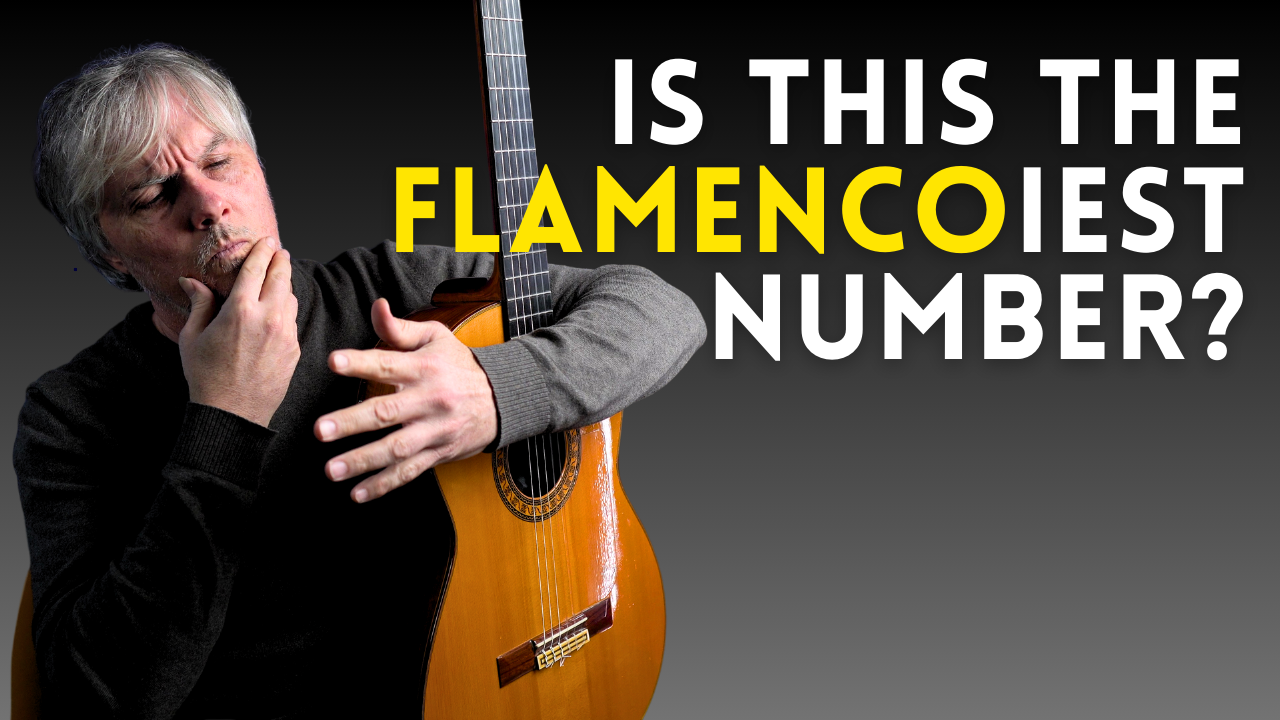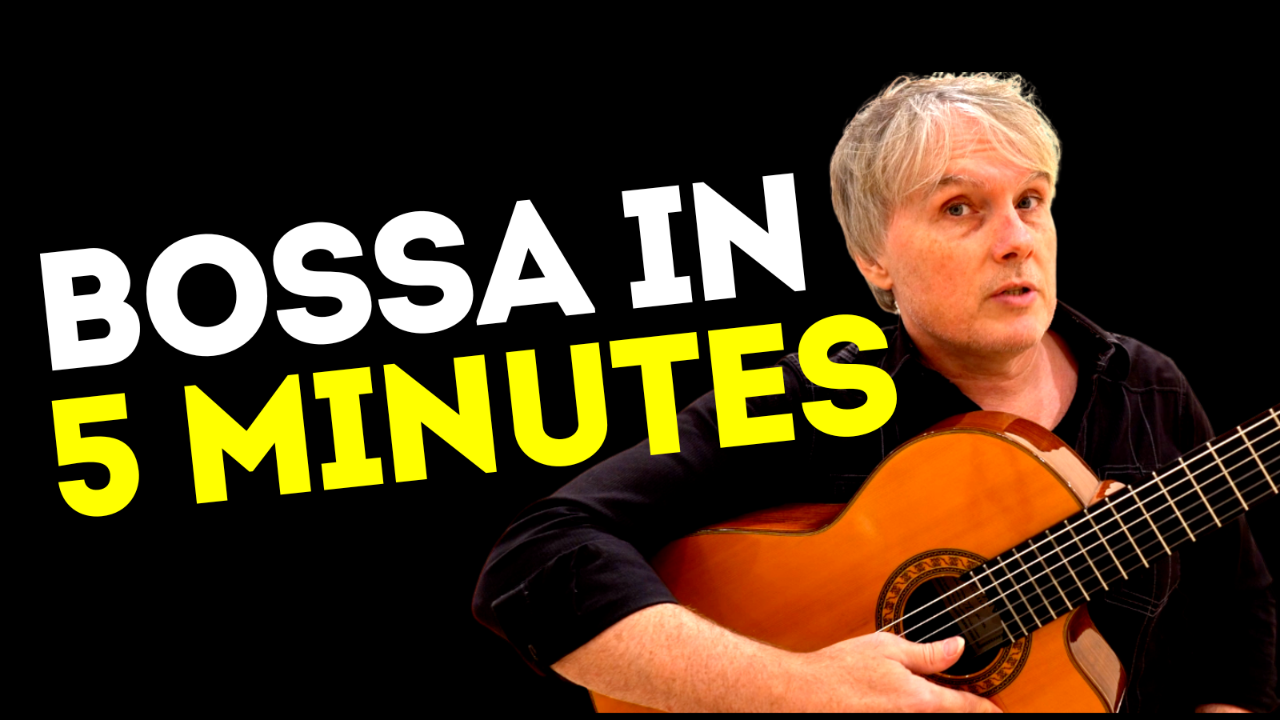Nylon string guitars offer a rich and expressive tone, perfect for various Latin, Spanish, and classical rhythms. Mastering these five essential rhythms will enhance your playing and help you navigate a wide range of musical styles.
1. The Bolero Rhythm
The Bolero is a fundamental rhythm in Latin ...
As a classical or flamenco guitarist, your nails are one of your most important tools. Their shape, length, and condition significantly affect your tone, technique, and overall playing experience. Many guitarists struggle with maintaining their nails, and improper care can lead to poor sound quality...
The Weird Rhythm You Only See in Flamenco Guitar: Mastering Quintuplets
Flamenco guitar is filled with unique rhythms and techniques, but one of the most unusual and rarely seen in other styles of music is the quintuplet. This rhythm appears almost exclusively in rasgueado and tremolo techniques, m...
If you're a fingerstyle guitarist, especially one focused on nylon-string guitar, mastering the thumb rest stroke is an essential skill that can dramatically improve your playing. While it might feel unnatural at first, the benefits of incorporating thumb rest strokes into your technique far outw...
Rumba guitar is a vibrant, rhythmically engaging style that adds energy and flair to your playing. If you’ve ever wondered whether to incorporate the percussive slap or opt for a smoother, muted approach, this lesson explores both options and shows how combining them can create a dynamic and excitin...
When it comes to iconic tango melodies, “La Cumparsita” stands out as a timeless masterpiece. Composed over 100 years ago in 1916, this Argentine/Uruguayan tango continues to captivate musicians and listeners alike. In this guide, I’ll break down the A section of this famous piece, exploring its mel...
When it comes to nylon string guitar playing, the right hand is central to achieving the dynamic and expressive sound Spanish guitar is known for. I believe the three most essential techniques every nylon string guitarist should master are: rasgueado, arpeggio, and picado. These techniques not only ...
We most often play guitar in 4/4 or 3/4 time - and that can give us enough trouble! However, I think practicing guitar in odd time signatures can heighten our rhythmic awareness and make us better guitarists overall. In this guitar tutorial, I show you how we can play a great little drill in 11/8 ti...
The bossa nova is one of the most popular Latin styles and one of the most fun things we can play on guitar. This is a style that is more often than not played on nylon string and offers a great "crossover" opportunity for classical and Spanish-style guitarists.
In this tutorial, we will break down...
Even though it was written by a Cuban composer (Osvaldo Farrés), this song belongs in the pantheon of classic Mexican boleros like Bésame Mucho, Perfidia and Sabor a Mí. In this guitar lesson, we learn how to play the melody and chords of the famous song Quizás, Quizás, Quizás (Perhaps, Perhaps, Per...
One of the most-fun-to play styles of music for the nylon string guitar is the sub-genre of Bolero. You may have heard of Ravel's Bolero (which is in 3/4 time), but the Bolero we're talking about is actually a staight ahead 4/4 time beat that is the backbone and basis for tons of great old classic L...
Choro is a Brazilian musical style that is the precursor to the Samba and Bossa Nova. It's characteristic rhythm can be described as an upside down Bossa Nova and is a very lively and syncopated beat every guitarist should know.
Most classical guitarists will have come across two songs that are exe...
The right hand guitar techniques for nylon string (Spanish guitar, classical, flamenco) are hard enough, but once we learn them it's very easy to accidentally get lopsided and not be rhythmically or dynamically consistent. The simple practice idea in this lesson can help us even out our right hand t...
We can create a moody, dramatic, “fluttery” effect (that is actually used in flamenco guitar) by playing the flamenco tremolo technique starting on the second note of the pattern: i – a – m – i – p.
For example, you may heard this before:

This is an actual technique but it has the added bonus o...

















